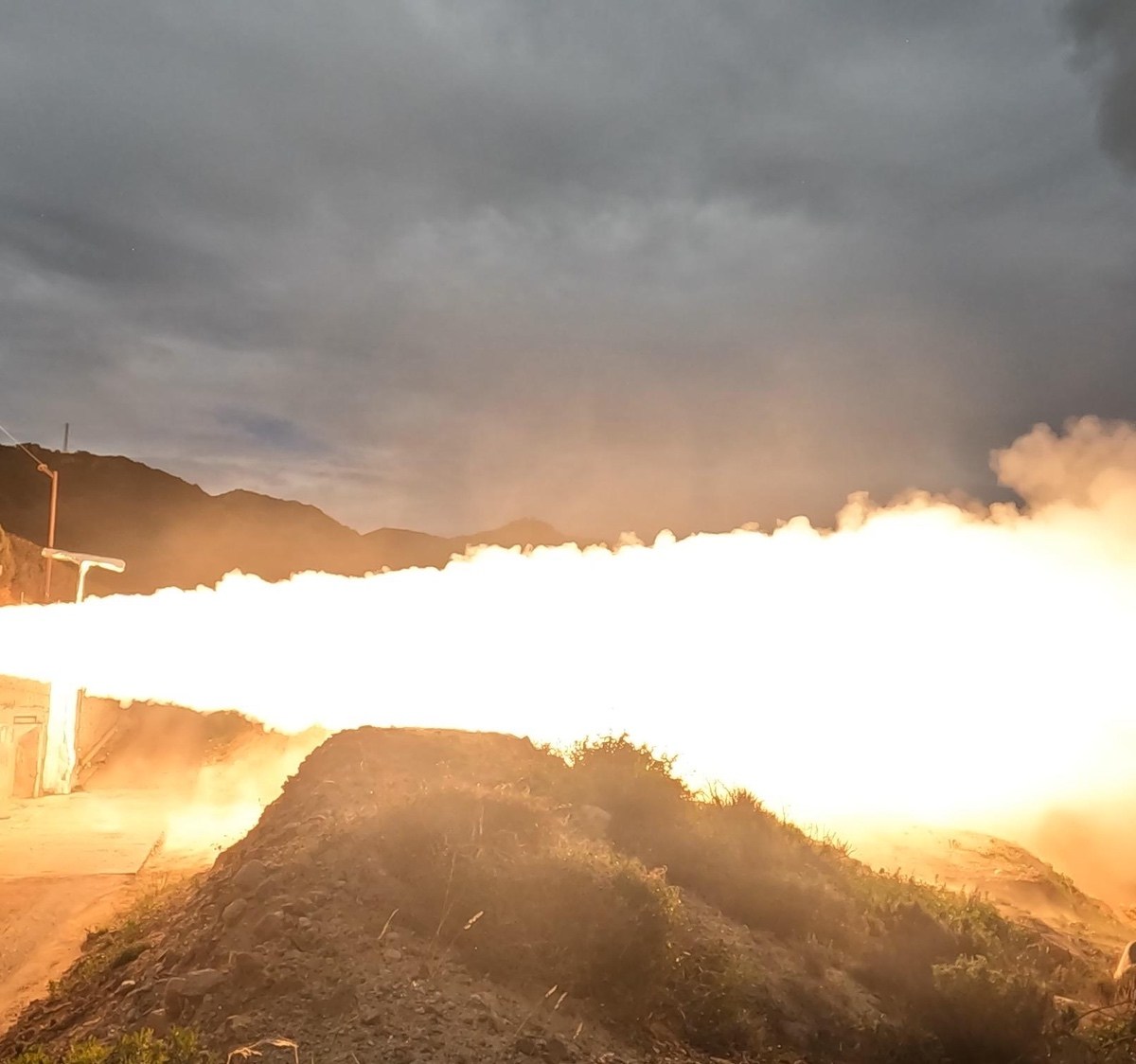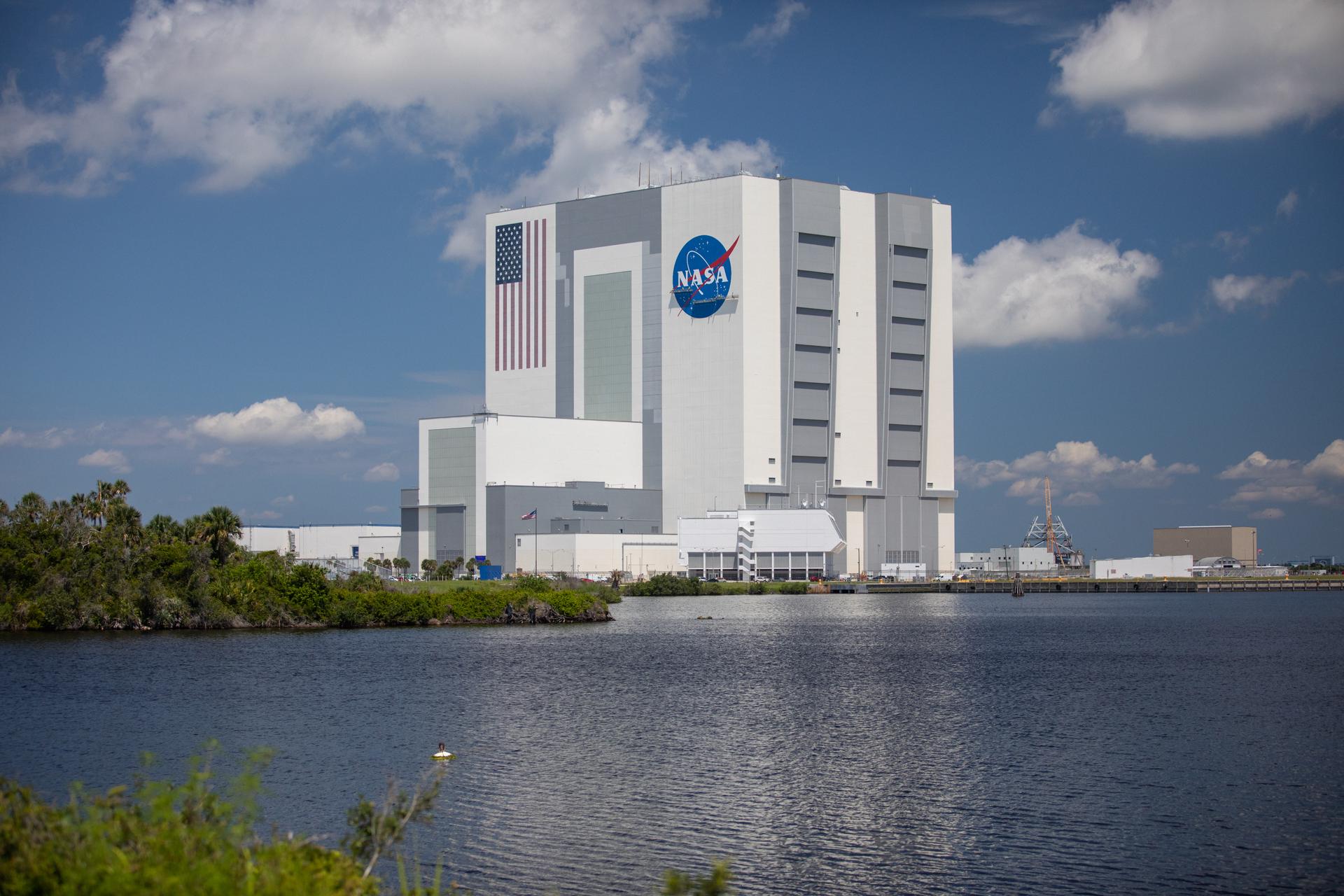WASHINGTON — A second successful test of a redesigned rocket motor clears the way for Europe’s Vega C rocket to return to flight nearly two years after a launch failure.
The European Space Agency said Oct. 3 that Avio, prime contractor for the Vega, successfully test-fired the Zefiro-40 motor at a company test facility in Italy. Initial analysis of data from the test show the motor performed as expected, the agency said.
This is the second test of the redesigned Zefiro-40, which serves as the second stage of the Vega C. The motor successfully fired in a test in May for 94 seconds. ESA did not disclose the burn time for this second test, but noted the latest test was performed at a lower pressure, as intended, resulting in a longer burn time.
This test was the final milestone in the redesign of the Zefiro-40’s nozzle, correcting a problem that caused the failure of the second Vega C launch in December 2022. Avio originally replaced the carbon-carbon material in the nozzle, but the nozzle failed in a June 2023 static-fire test, leading to a redesign of the nozzle itself.
At a briefing in late August ahead of the final launch of the original version of Vega, Toni Tolker-Nielsen, ESA’s director of space transportation, said there was “very good confidence” that the second test of the Zefiro-40 would be successful based on the performance of the motor in the first test.
He said then that the Vega C was on track to return to flight as soon as late November, a schedule that had not changed in over a year through the redesign and testing of the motor. “We’ve been following a plan that was set out in the middle of last year and I’m very confident that we will be able to make it with Vega C’s return in the end of November,” he said.
That return-to-flight mission will carry Sentinel-1C, a radar imaging satellite that is part of the ESA/European Commission Copernicus program of Earth science spacecraft.
Vega C’s return comes as Arianespace, the launch services provider, transitions the vehicle to Avio. Arianespace will remain responsible for the operations of the next five Vega C flights, scheduled through the end of 2025, at which point Avio will take over. Avio is already handling sales and marketing of the rocket, a role previously held by Arianespace.
Stéphane Israël, chief executive of Arianespace, dubbed this transition “Vexit” during a Sept. 16 briefing held in conjunction with World Space Business Week in Paris. One complication is that Vega launch contracts Arianespace signed for missions beyond 2025 will need to be transferred to Avio with the agreement of the customer.
“We cannot make a forced transfer,” he said, as customer must voluntarily agree to the change. That creates the risk commercial customers could instead seek to jump to a competitor. But, he added, “we are very confident they will accept.”



